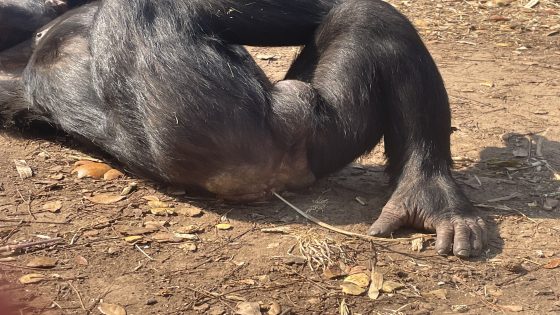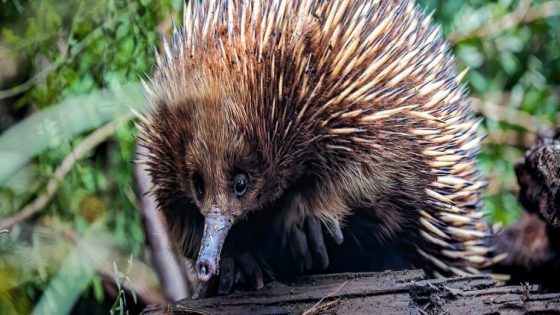Recent observations at the Chimfunshi sanctuary in Zambia reveal fascinating insights into chimpanzee culture, showcasing the emergence of unique behaviors. In a remarkable twist, a chimp named Juma has introduced a new trend called grass-in-rear, expanding the understanding of cultural practices among primates.
- Julie's grass-in-ear behavior sparked cultural trend.
- Juma introduced grass-in-rear innovation.
- Social learning influences chimpanzee behavior.
- Cultural practices enhance group cohesion.
- Chimps mimic human caretakers' actions.
- Conservation includes preserving chimpanzee cultures.
Fifteen years after Julie, a chimpanzee, first popularized grass-in-ear, Juma’s innovation has sparked curiosity among researchers. On 2025-07-25 18:23:00, scientists noted this unusual behavior, prompting discussions about the social implications of such Trends. Could these practices signify deeper cultural ties within chimpanzee communities?
This discovery raises intriguing questions about the motivations behind these behaviors. Why do certain trends catch on while others fade? Understanding these dynamics could reshape our view of animal culture.
- Cultural practices can persist across generations.
- Social hierarchy influences the spread of behaviors.
- Trends may serve to strengthen group identity.
As we continue to explore animal behavior, these findings may inspire further research into the cultural lives of other species, urging US to appreciate the intricate social structures that exist beyond human society.
































